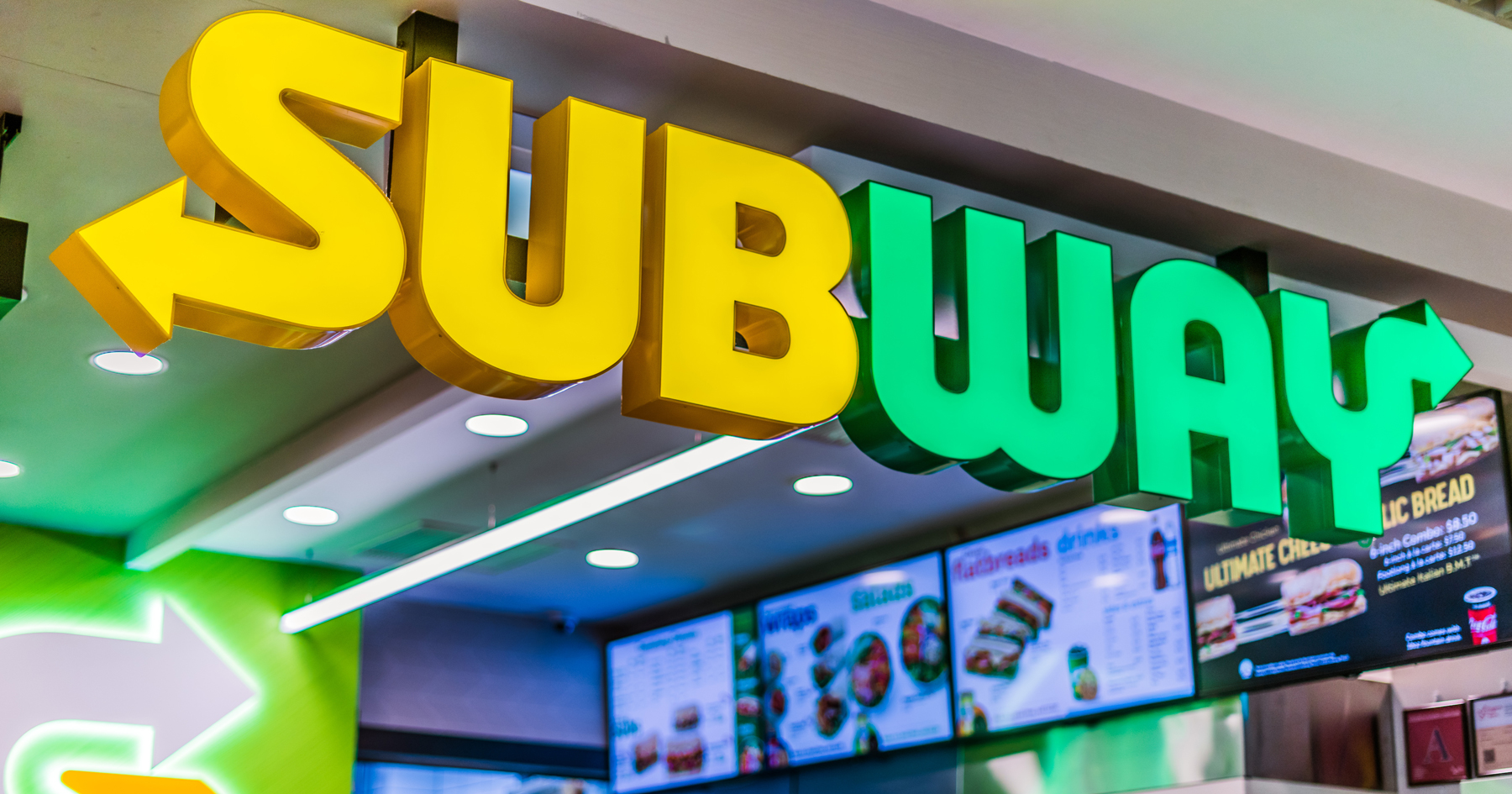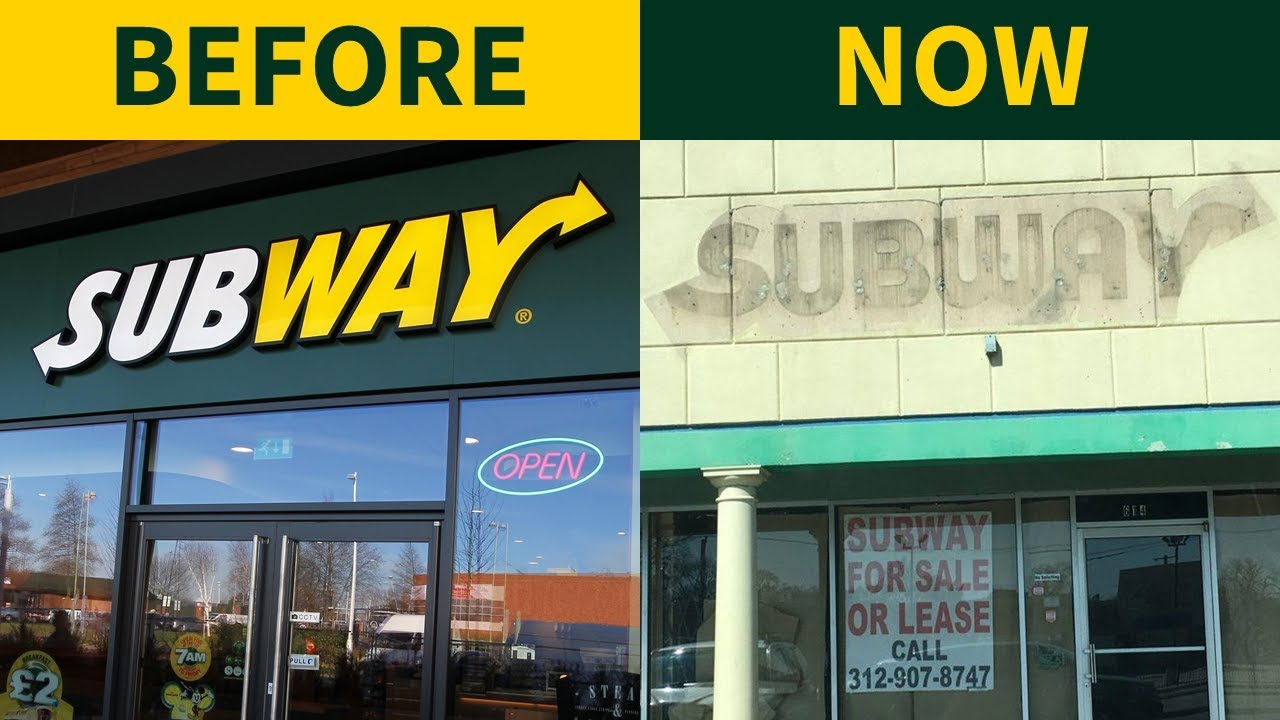In the fast-paced world of quick-service restaurants, staying ahead means constant adaptation. Subway, a behemoth in the sandwich industry, is no stranger to this principle. Recent data reveals a strategic contraction in the chain’s U.S. presence, as it closed 443 locations in 2023, marking a decrease from the previous years’ closures. This decision is part of a broader effort to optimize the chain’s operations and adapt to a changing market landscape.

The Evolution of Store Count
Despite these closures, Subway maintains its position as the largest restaurant chain in the United States by store count, ending 2023 with 20,133 locations. This scale allows it to retain a significant edge over competitors, even as global rivals like McDonald’s and Starbucks exceed its worldwide footprint. This contraction is more than a response to temporary setbacks; it’s a calculated move to fortify its market position by shedding underperforming outlets, thereby enhancing the brand’s overall health.

Navigating Challenges and Innovations
Subway’s recent history has been marked by various challenges, including lagging sales and food quality concerns. These issues have necessitated a series of corrective measures aimed at revitalizing the brand. According to a Subway spokesperson, these efforts are part of a broader transformation journey. “In the U.S., we are optimizing our footprint by using a strategic, data-driven approach to ensure restaurants are in the right location, image, and format,” the spokesperson noted. This includes launching new sites, relocating existing ones to maximize traffic, and closing down those that underperform.

Reinventing the Subway Experience
To rejuvenate its appeal, Subway has not only overhauled its menu with improved ingredients and fresh sandwich options but has also revamped the physical appearance of numerous locations. These changes extend beyond mere aesthetics, reflecting a deeper commitment to enhancing customer satisfaction and operational efficiency. The transition from Coke to Pepsi, slated for next year, further exemplifies Subway’s willingness to shake up its offerings for what it perceives as better alignment with consumer preferences and operational goals.
With falling sales and thousands of store closures, what's going on with Subway? pic.twitter.com/CZ0thgSFjq
— Business Insider (@BusinessInsider) July 28, 2019
Financial Upticks Amidst Adjustments
Despite these sweeping changes, Subway has seen an uptick in revenues and average sales per store, albeit with growth rates that trail behind general inflation trends. This mixed financial picture underscores the complexities of adjusting business strategies in the fast-food industry. Yet, the overall positive global net restaurant growth in 2023, a first since 2016, signals a potential turnaround in Subway’s fortunes.
Strategic Streamlining for Future Success
The current trajectory of Subway illustrates a significant realignment strategy. By reducing its footprint through the closure of select stores and enhancing the customer experience, Company aims to strengthen its brand. This approach reflects a shift in the fast-food industry, where quality often trumps quantity, and strategic presence is more critical than mere numbers.
Company’s ongoing transformation may serve as a bellwether for similar chains struggling to adapt to the fast-evolving tastes and preferences of consumers. As the sandwich giant continues to recalibrate its approach, the broader implications for the fast-food industry remain a compelling narrative to follow.










